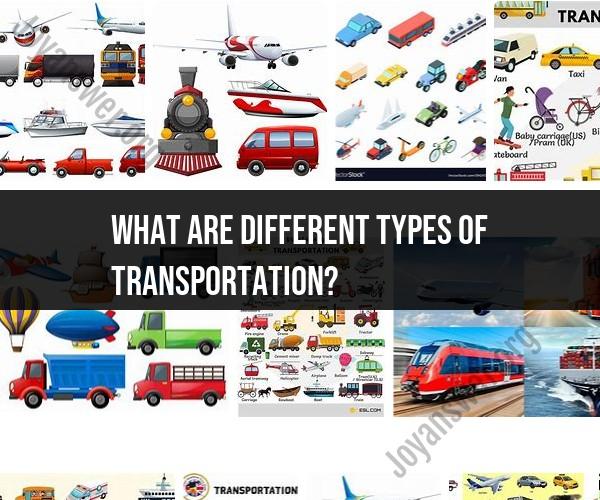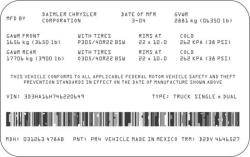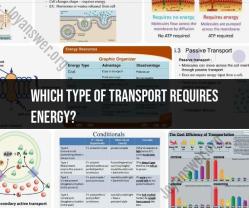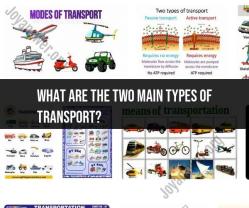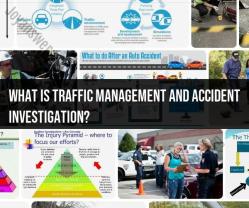What are different types of Transportation?
There are various modes of transportation that people and goods use to move from one place to another. These modes of transportation can be broadly categorized into several types:
Land Transportation:
- Automobiles: This includes cars, trucks, and motorcycles, which are commonly used for personal and goods transportation on roads.
- Bicycles: Human-powered bicycles are used for personal transportation and exercise.
- Trains: Trains run on tracks and are used for both passenger and freight transport.
- Buses: Buses are commonly used for public transportation in cities and for longer intercity routes.
- Trams and Light Rail: These are electric-powered vehicles that run on tracks in urban areas.
- Taxis and Ride-Sharing: Services like taxis and ride-sharing platforms (e.g., Uber, Lyft) provide on-demand transportation.
- Motorcycles and Scooters: Two-wheeled motorized vehicles used for personal transportation.
Water Transportation:
- Ships: Large vessels used for international cargo shipping and cruises.
- Boats: Smaller vessels used for various purposes, including fishing, recreation, and short-distance transportation.
- Ferries: Boats or ships that transport passengers and vehicles across bodies of water.
- Submarines: Watercraft designed for underwater travel and exploration.
Air Transportation:
- Airplanes: Powered aircraft used for passenger and cargo transport across long distances.
- Helicopters: Vertical take-off and landing aircraft used for various purposes, including emergency services and air tours.
Space Transportation:
- Spacecraft: Vehicles designed for travel beyond Earth's atmosphere, including crewed spacecraft like space shuttles and unmanned probes.
Pipeline Transportation:
- Pipelines: Underground or above-ground pipes used to transport liquids and gases, such as oil, natural gas, and water.
Cable Transportation:
- Cable Cars and Gondolas: These are often used in mountainous regions for passenger transport, tourism, and ski resorts.
Human-Powered Transportation:
- Walking: The simplest form of human transportation.
- Cycling: Riding bicycles or tricycles powered by human pedaling.
- Scooters and Skateboards: Human-powered scooters and skateboards for short-distance travel.
Animal-Powered Transportation:
- Horse-Drawn Carriages: Traditional mode of transportation in some areas.
- Camels, Elephants, and Other Animals: Used for transportation in specific regions and cultural contexts.
Emerging Technologies:
- Hyperloop: A proposed high-speed transportation system using vacuum tubes.
- Electric Vertical Takeoff and Landing (eVTOL) Aircraft: Electric-powered aircraft designed for urban air mobility.
- Autonomous Vehicles: Self-driving cars and trucks that may transform personal and goods transportation.
These are the main types of transportation, each serving specific purposes and having unique advantages and limitations. The choice of transportation mode often depends on factors such as distance, speed, cargo type, and environmental considerations.
Diverse Modes of Transportation: A Survey of Options
There are many different modes of transportation available today, each with its own unique advantages and disadvantages. The most common modes of transportation include:
- Road transportation: Road transportation is the most common mode of transportation for both passengers and freight. It is relatively inexpensive and flexible, and it can reach many places that other modes of transportation cannot. However, road transportation can also be congested and polluting.
- Rail transportation: Rail transportation is a more efficient and environmentally friendly mode of transportation than road transportation. It is also well-suited for long-distance travel. However, rail transportation is not as flexible as road transportation, and it may not be available in all areas.
- Water transportation: Water transportation is a cost-effective and environmentally friendly mode of transportation for freight. It is also well-suited for long-distance travel. However, water transportation is not as fast as other modes of transportation, and it may not be available in all areas.
- Air transportation: Air transportation is the fastest mode of transportation available. It is also well-suited for long-distance travel. However, air transportation is the most expensive mode of transportation, and it can have a significant environmental impact.
In addition to these common modes of transportation, there are also a number of other modes of transportation available, such as:
- Pipeline transportation: Pipeline transportation is used to transport fluids and gases over long distances. It is a very efficient and cost-effective mode of transportation, but it is not suitable for all types of cargo.
- Cable transportation: Cable transportation is used to transport people and goods over short distances, such as across rivers or valleys. It is a relatively inexpensive and environmentally friendly mode of transportation, but it is not suitable for all areas.
- Space transportation: Space transportation is used to transport people and goods to and from space. It is the most expensive and complex mode of transportation available, but it is the only mode of transportation that can reach space.
From Roads to Rails: Understanding Different Types of Transportation
Each of the different modes of transportation has its own unique advantages and disadvantages. When choosing a mode of transportation, it is important to consider the following factors:
- Cost: The cost of transportation can vary depending on the mode of transportation, the distance traveled, and the amount of cargo being transported.
- Speed: The speed of transportation can vary depending on the mode of transportation and the distance traveled.
- Convenience: The convenience of transportation can vary depending on the mode of transportation and the availability of transportation services in the area.
- Environmental impact: The environmental impact of transportation can vary depending on the mode of transportation.
The World of Transportation: Examining Various Methods and Systems
Transportation systems are essential for the movement of people and goods around the world. They play a vital role in the global economy and in our daily lives.
The world of transportation is constantly evolving, with new technologies and methods emerging all the time. For example, the development of self-driving cars and trucks has the potential to revolutionize the transportation industry.
Transportation systems are also becoming more integrated. For example, many cities are now developing multimodal transportation systems that allow people to easily switch between different modes of transportation, such as buses, trains, and bicycles.
Conclusion
Transportation is an essential part of our lives. It allows us to travel to work, school, and other places, and it allows businesses to transport goods to and from markets. There are many different modes of transportation available, each with its own unique advantages and disadvantages. When choosing a mode of transportation, it is important to consider the cost, speed, convenience, and environmental impact.
